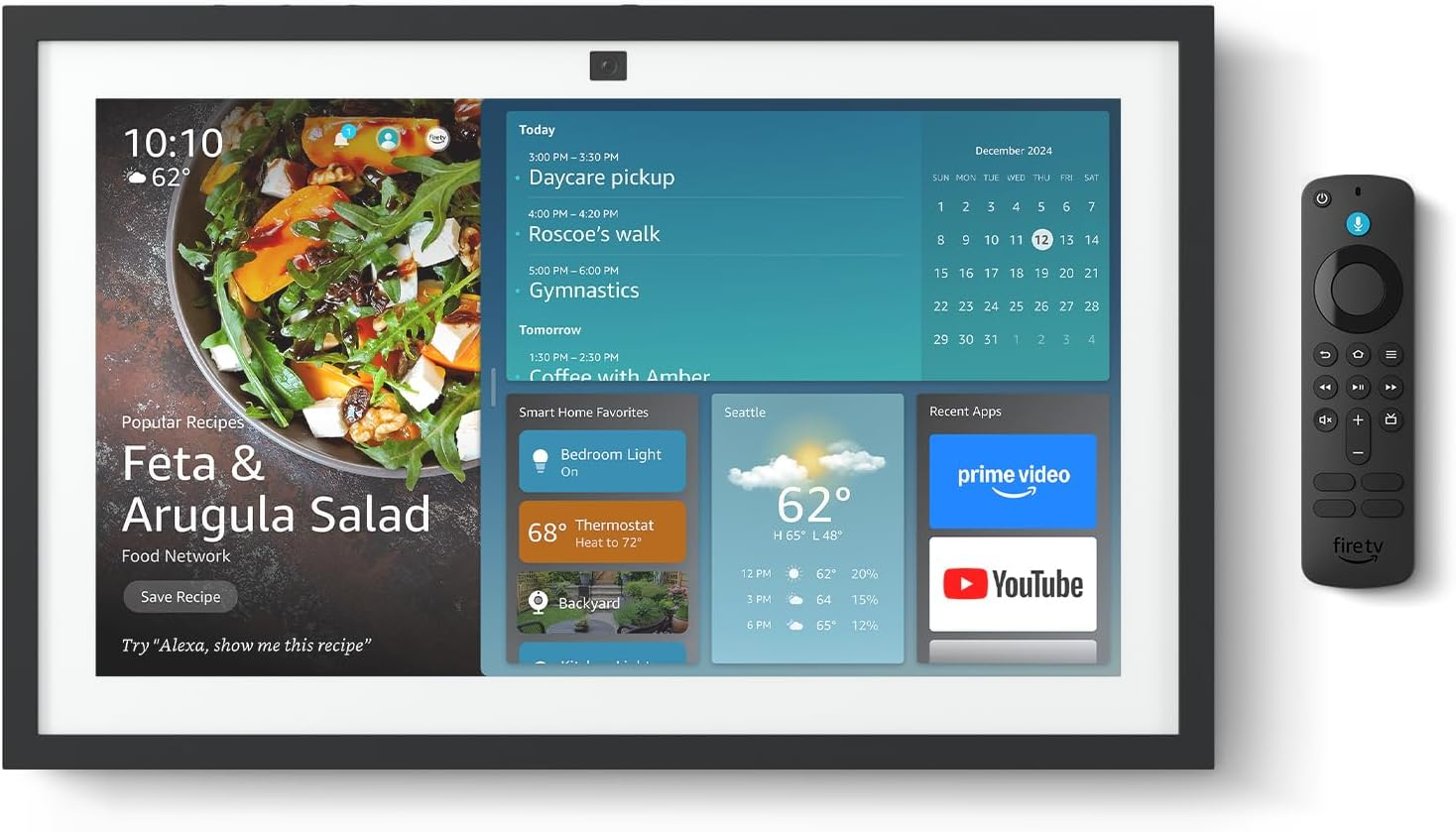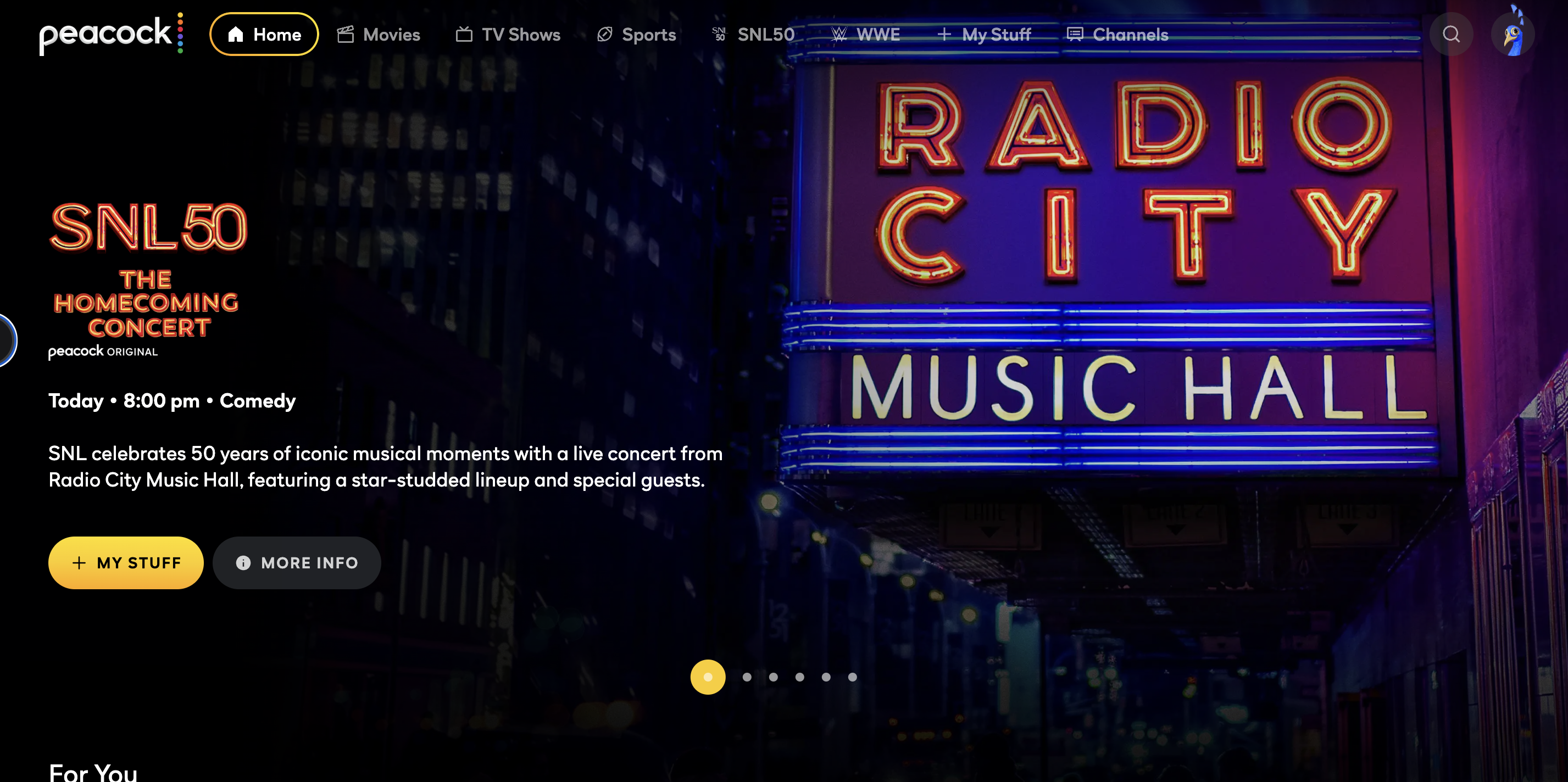- Microsoft & Oracle absent from nuclear pledge signed by Amazon, Meta, and Google
- It aims to triple nuclear capacity by 2050 to support global energy needs
- Nuclear seen as key to powering AI-driven data centers with clean energy
Even through Microsoft is seriously exploring nuclear energy as a way to power its data centers – even signing a deal in 2024 to purchase energy from the restarted Three Mile Island (TMI) nuclear plant - it is notably absent from a new Large Energy Users Pledge that supports the global expansion of nuclear capacity.
That pledge has attracted major signatories such as Amazon, Meta, and Google, but neither Microsoft nor Oracle, which is also exploring nuclear energy, are on the list.
Led by the World Nuclear Association, the pledge was first introduced at the World Nuclear Symposium in September 2023, and has gained backing from 14 major global banks and financial institutions, 140 nuclear industry companies, and 31 countries.
Around-the-clock clean energy
Its purpose is to drive home nuclear energy’s “essential role in enhancing energy security, resiliency and providing continuous clean energy,” and sets a target to triple global nuclear capacity by 2050.
Nuclear power currently supplies about 9% of the world’s electricity via 439 reactors.
The call to action goes beyond traditional energy applications. It also outlines nuclear's potential to serve high-demand sectors like data centers, where the rise of artificial intelligence has led to soaring energy needs.
While it typically takes at least five years to construct an atomic plant, micro nuclear reactors, expected to be available by the early 2030s, could be a quicker, cheaper solution for powering large-scale computing operations.
"We are proud to sign a pledge in support of tripling nuclear capacity by 2050, as nuclear power will be pivotal in building a reliable, secure, and sustainable energy future," said Lucia Tian, Google’s Head of Clean Energy & Decarbonization Technologies.
"Google will continue to work alongside our partners to accelerate the commercialization of advanced nuclear technologies that can provide the around-the-clock clean energy necessary to meet growing electricity demand around the world."
That message was echoed by Urvi Parekh, Head of Global Energy at Meta. “As global economies expand, the need for a reliable, clean, and resilient energy supply is paramount. Nuclear energy, with its ability to provide continuous power, can help meet this rising demand. We’re excited to join alongside this multi-organizational effort with the Tripling Nuclear Pledge to reiterate our commitment to nuclear energy.”
Brandon Oyer, Head of Americas Energy and Water for AWS, emphasized the urgency of scaling nuclear power. “Accelerating nuclear energy development will be critical to strengthening our nation’s security, meeting future energy demands, and addressing climate change. Amazon supports the World Nuclear Association’s pledge, and is proud to have invested more than $1 billion over the last year in nuclear energy projects and technologies, which is part of our broader Climate Pledge commitment to be net-zero carbon by 2040.”
You can view the Large Energy Users Pledge, which is signed by Meta, Amazon, Google and ten other companies, with a statement of support by Siemens Energy, here (PDF).
You might also like
from Latest from TechRadar US in News,opinion https://ift.tt/xUdu05N






